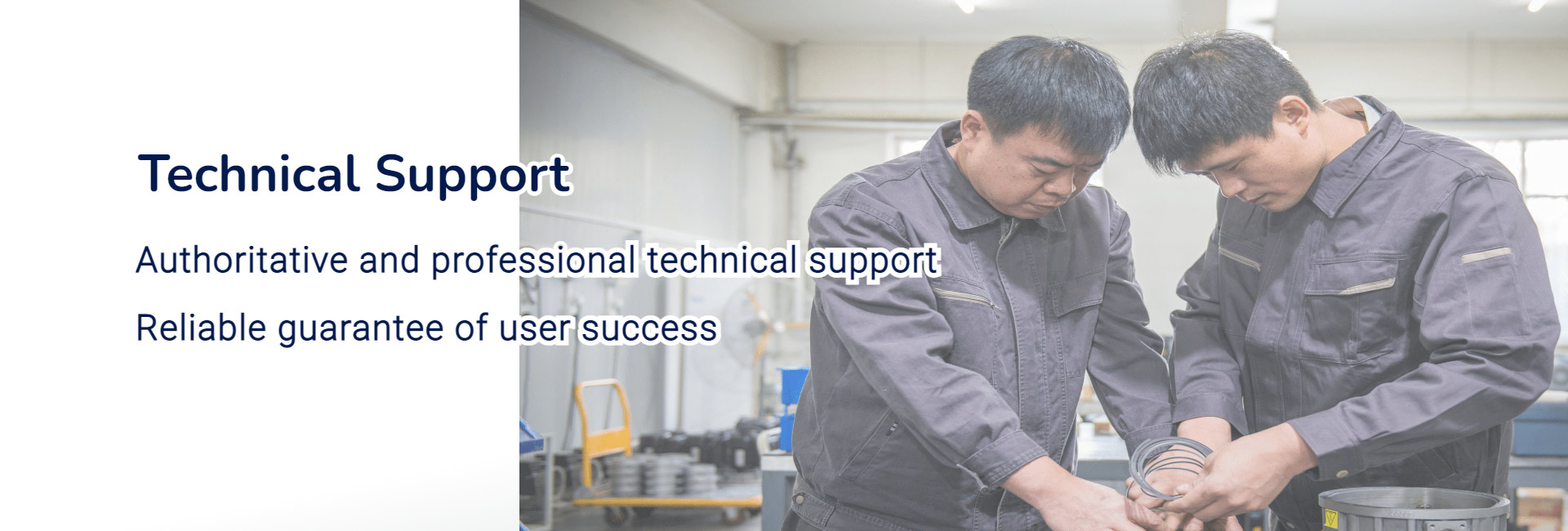Precautions for vacuum pump selection
- class:FAQ
- author:
- source:
- Release time:2022-07-29 12:16
- Visits:533
Precautions for vacuum pump selection
- 分类:常见问题
- 作者:
- 来源:
- 发布时间:2022-07-29 12:16
- 访问量:533
1. Working vacuum range:
The working vacuum of the vacuum pump should meet the ultimate vacuum and working vacuum requirements of the vacuum equipment. Usually, the vacuum degree of the pump is selected to be half or an order of magnitude higher than the vacuum degree of the vacuum equipment. For example: a vacuum freeze-drying process requires a working vacuum of 20Pa, and the ultimate vacuum of the selected vacuum pump should be at least 40Pa, preferably above 20Pa.
Each pump has a certain working vacuum range. Therefore, the working range of the vacuum pump should be selected within this range, and it cannot be allowed to work for a long time outside the allowable working vacuum. As far as possible, the vacuum pump should be required to operate in the high-efficiency area, that is, in the area between the critical vacuum degree or the critical exhaust vacuum degree. For example: the working vacuum range of a vacuum pump is 100000Pa (atmospheric pressure)~3300Pa, but its stable working vacuum range is 100000Pa (atmospheric pressure)~8000Pa, so the working range of the pump should be selected at 100000Pa (Atmospheric pressure) ~8000Pa range is more suitable, and it cannot be allowed to work for a long time around 3300Pa.
Operation near maximum vacuum or maximum exhaust vacuum should be avoided. Operating in this area is not only extremely inefficient, but also very unstable and prone to vibration and noise. For a vacuum pump with a high degree of vacuum, operating in this area, noise and vibration often occur in the pump, causing the pump to fail to work properly or even be damaged.
2. Exhaust volume:
Choose a suitable vacuum pump according to the air volume and vacuum degree. It is necessary to ensure the vacuum degree required for production or exhaust all the gas generated in the process of vacuum equipment under its working vacuum degree.
3. Gas components:
When choosing a vacuum pump, you need to know the gas composition, whether the gas contains condensable steam, whether there is particulate dust, whether it is corrosive, etc. Select the appropriate pump for the pumped gas. If the gas contains steam, particles and corrosive gases, it should be considered to install auxiliary equipment such as condensers, dust collectors, etc. on the inlet pipeline of the pump.
4. Purchase price, operation and maintenance cost of vacuum pump:
In the case of permission, the vacuum pump that is durable, reliable and cost-effective should be selected as far as possible.
When choosing a vacuum pump, not only the purchase price, but also the operation and maintenance costs, and the yield of the finished product should be considered. For example, by using oil-free scroll vacuum pump, the coating yield can be increased by 3% to 5%, and the advantages are very obvious.
5. Correctly combine the vacuum pump:
Due to the selective pumping of vacuum pumps, sometimes one type of pump cannot meet the pumping requirements, and several pumps need to be combined to complement each other to meet the pumping requirements. For example, the titanium sublimation pump has a high pumping speed for hydrogen, but cannot pump helium, while the three-pole sputtering ion pump (or the two-pole asymmetric cathode sputtering ion pump) has a certain pumping speed for argon. Combined, the vacuum device will get a better vacuum degree. In addition, some vacuum pumps cannot work under atmospheric pressure and require pre-vacuum, such as molecular pumps, ion pumps, etc., and require a fore pump, so they need to be combined into a vacuum unit for use.
6. Avoid oil pollution:
If the equipment is strictly required to be oil-free, or the environment does not allow pollution, various oil-free pumps should be selected, such as: oil-free scroll vacuum pump, magnetic levitation molecular pump, molecular sieve adsorption pump, sputtering ion pump, cryogenic pump, etc.
About Geowell
Products
Solution
News
Contact
Add: No. 99A-18, Chuangxin 1st Road, Hunnan District, Shenyang, China 110169
Tel:+86-24-83685362
Mob:+86-13644904879
Fax:+86-24-23783066
Email: export@geowell.com.cn




